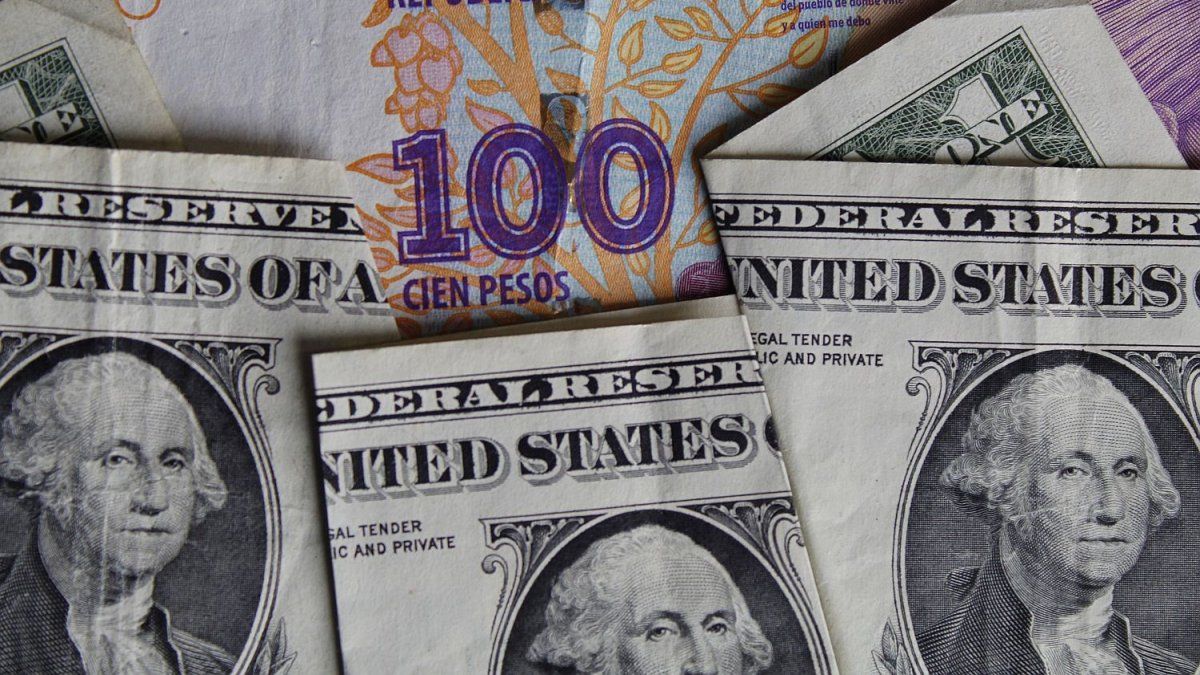Carrying out these next devaluations as requested from outside and inside the country, we would find ourselves with an end-to-end inflation close to 600%, or to put it another way, a hyperstagflation that the government itself generated.
On December 12, 2023 at approximately 7 p.m., the current government, through its Minister of Economy, Luis Caputoannounced that since midnight of that day Our currency was devalued from $360 to $800 for every US dollar and public works were completely paralyzed. In other words, to understand it better, the currency still depreciated by 118% and around 100 thousand construction workers who worked on those works were left without work, as well as some 300 thousand workers from SMEs who indirectly sell to those who carry out the works.
The content you want to access is exclusive to subscribers.
At that moment, on air, it was warned that this was going to generate an almost doubling of unemployment but that the effects of this devaluation were going to begin to be felt from the month of March onwards. Today, more than 6 months after that announcement, we have to communicate that inflation finished devouring the effects of that 118% devaluation that the President ordered – in response to his own statements – since between December 2023 and May 2024 the accumulated inflation was 115%, since we must include yes or yes that of the month of December since it doubled that of November, taking it to 25.5%, in which the official accumulated inflation of the first 5 months of the year provided by INDEC is 71.4%.


Well, as a result of the total non-liquidation of grain exports from the first cut of soybeans – nearly 25 million tons – and barely reaching a little more than 50% of the total and the constant outflow of foreign currency from the BCRA for the purposes of control the movements of the exchange market and local and/or foreign debt bonds through DNU 23/2024, which allowed the government to withdraw US$ 3.2 MM from the reserves against a non-transferable letter signed by the Minister of Economy with restitution date in 2034, is that turned to the IMF for the purposes of requesting a new disbursement of fresh funds close to the amount that Alberto Fernández as President rejected from the agreements signed by the current Minister of Economy when he was Minister of Finance and president of the BCRA in May and August 2018, for becoming in an unpayable debt for our country.
More clearly, almost US$ 14 million is that the IMF – with the same debt surcharge as the current one – sets as conditions to start talking about the issue a new 100% devaluation, just like what is requested by the countryside to export. the tons of soybeans accumulated in the silobags.
The main issue is that this would end up being the second megadevaluation of the peso in less than a year and inflation, when carried out without a compensation system for all social sectors as if it were done with the 22% on August 16, 2023, would end devouring it in an even shorter period that could be between 3 and 4 months with a shift in prices, leaving salaries/incomes completely behind and a population with close to 85% in poverty since another 15-20% of the workers would become poor, as happened on 12/12/2023 or in the period 2016-2019 when inflation was 300% and registered salaries rose 150%, sending 4.5 million workers into poverty -according to data from the UCA-.
Carrying out these next devaluations as requested from outside and inside the country, we would find ourselves with end-to-end inflation close to 600%, or to put it another way, a hyperstagflation that the government itself generated by not knowing how the macroeconomy of the country is managed. country. The consequence is that from December 11, 2023 to the end of 2024 there would be a total of 3 megadevaluations equal to or greater than 100%.
To take this into account, public services would rise 100% with reference to the values of next July’s bills and a liter of super gasoline would become worth $2,000 (since historically premium segment gasoline did not exist). Values fully supported by current laws regarding their prices like non-oil producing countries, when we always had and have large reserves of gas and oil, and therefore we should have corresponding values like the producers (example: USA, VENEZUELA, SAUDI ARABIA, etc.) which are almost a third of the current ones without the need to grant economic subsidies to energy companies because they would be in a profit zone. Which would allow inflation to be reduced by detaching the effects of the exchange rate from one of its causes.
Economic and tax analyst
Source: Ambito
David William is a talented author who has made a name for himself in the world of writing. He is a professional author who writes on a wide range of topics, from general interest to opinion news. David is currently working as a writer at 24 hours worlds where he brings his unique perspective and in-depth research to his articles, making them both informative and engaging.




